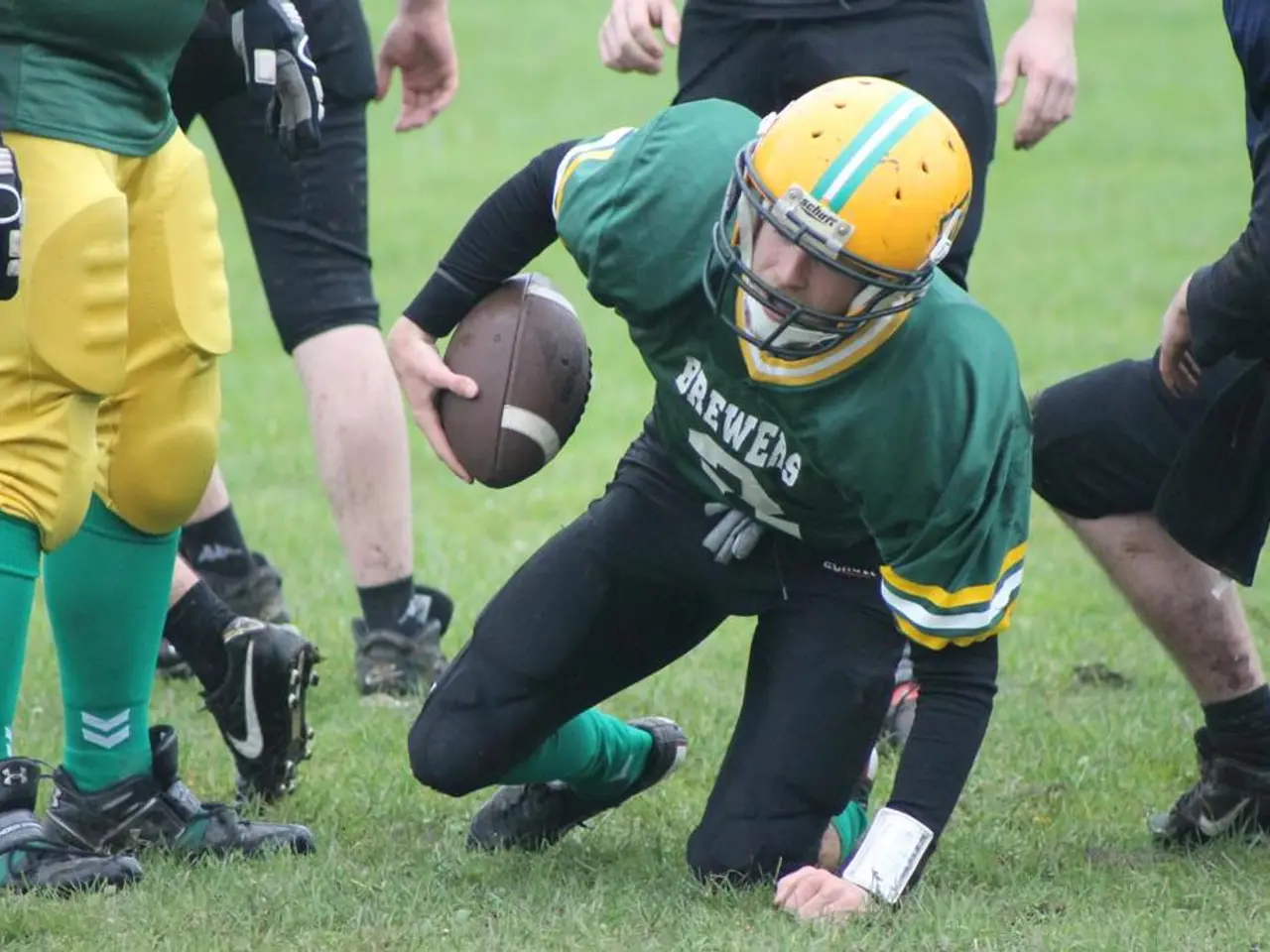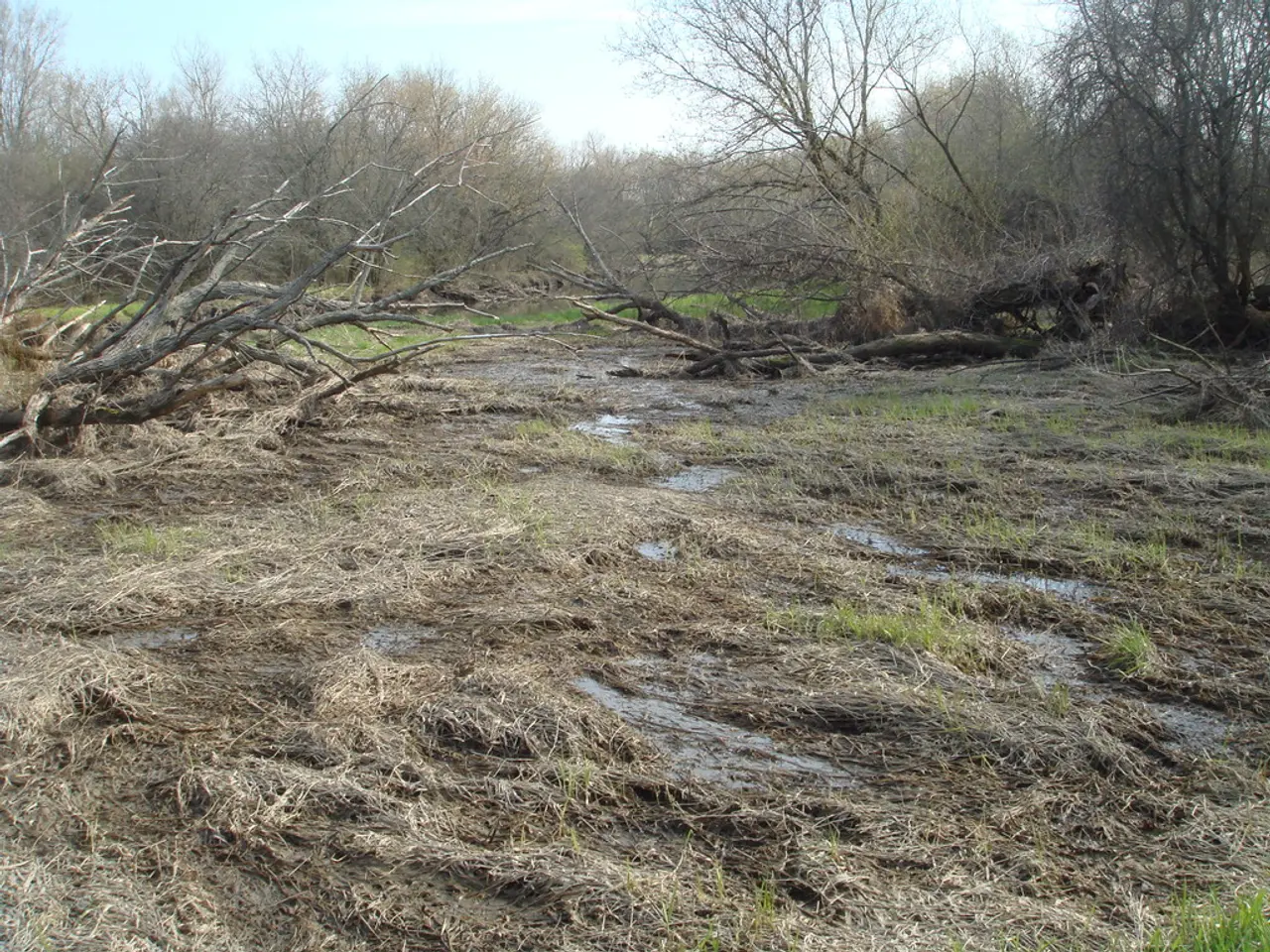Sailing heel angles demystified: Master these 5 pro strategies for improved understanding
Maintaining the Optimal Heel Angle in Keelboat Racing: A Key to Success
In the world of keelboat racing, the heel angle of a boat plays a crucial role in determining its performance on the race course. By maximizing the effectiveness of the rudder and keel, maintaining a good water flow over the foils, reducing sideways slip, and improving upwind performance and control, sailors aim to consistently achieve the ideal heel angle for their boat class and sailing conditions [1].
According to Chris 'Twiggy' Grube, a renowned sailing expert, each keelboat class has a known optimum heel angle that changes with wind strength and sea state. For instance, a J/70 aims for around 8° heel in very light winds, increasing up to 12°–14° in stronger conditions; exceeding that causes loss of lateral grip and sideways slipping [1].
To maintain the optimum heel angle for successful racing, sailors can employ several strategies:
- Proper Crew Placement: Positioning crew weight strategically (not just sitting on the rail) is essential to balance the boat properly and keep the desired heel [1].
- Precise Sail Trim and Rig Setup: Fine-tuning sail trim and rig setup helps maintain a neutral and responsive helm while avoiding excessive weather helm that could induce too much heel [1].
- Adaptability: Adapting to changing conditions by adjusting sail controls and crew placement as wind and waves vary ensures consistent heel [1].
- Understanding the Helm Feel: Gaining experience with the boat's helm feel, especially for boats with neutral helms like the J/70, helps resist the urge to over-heel for more rudder bite, which leads to performance loss [1].
In addition, sailors should monitor the boat’s balance and make subtle rudder adjustments to keep control without inducing excessive heel or drift, similar to techniques used in hove-to maneuvers to maintain steady sailboat balance in variable conditions [3].
In lighter conditions, body weight becomes the main tool for maintaining constant heel angle. In stronger winds, adjusting the rig to vary power involves winding on the backstay on most keelboats. However, Twiggy warns against letting the boat heel more to leeward to get more weather helm [1].
In the J/70 class, the ideal heel angle ranges from 8° to 14° depending on conditions. A heel monitor on the boat provides feedback from the helmsman about the load on the helm, aiding in maintaining the optimum heel angle.
In conclusion, maintaining the optimal heel angle is vital for achieving hydrodynamic and aerodynamic efficiency, enabling keelboats to sail faster, point higher, and maintain better control on the race course. Sailors achieve this through precise sail trim, crew placement, and continuous adjustments to match conditions [1][3]. Chris 'Twiggy' Grube stresses the importance of consistency in maintaining the optimum heel angle for a competitive edge.
Sailors must strategically position crew weight to balance the boat and maintain the desired heel angle, achieving this by employing precise sail trim and rig setup along with adaptability to changing conditions [1]. By gaining experience with the boat's helm feel and making subtle rudder adjustments to maintain control, sailors can avoid excessive heel and improve performance in keelboat racing [1].








